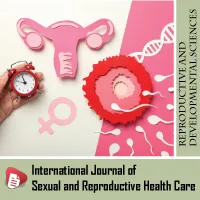In the future, studies are expected that subject children between the ages of 2 and 6 who already have the first dysphoric symptomatology to MRI and electroencephalogram every six months, following them up to adulthood, to understand if the anomalies represented are already present or not, and from that point begin to reason about the subject’s sexual evolution. Furthermore, a series of researches focused on a relevant and significant statistical sample is hoped, to be able to reconstruct the genesis of dysphoria and understand the exact incidence of serious psychopathological forms (including indirectly related disorders, such as paraphilias and different orientations sexual) and whether these are etiological factors, contributing factors or consequences of the primary condition, also and above all concerning the neurobiological and endocrinological clinical profiles.
Despite the full desire to derubricate transsexualism, by the scientific community, the author of this work is strongly skeptical, taking into account the neurobiological results published so far, like homosexuality and bisexuality, and clinical results regarding comorbidity profiles with depressive, anxious, phobic, obsessive, post-traumatic, food, psychotic and personality disorders (with a higher incidence on borderline disorder, narcissistic and histrionic). A very controversial and not statistically relevant and significant case was recorded in 2014, in which the patient appears to have undergone a trend conversion, from dysphoric to heterosexual male, following an epileptic state. This circumstance seems to reinforce the neurobiological and endocrinological hypothesis of dysphoria, as one of the primary causes.



